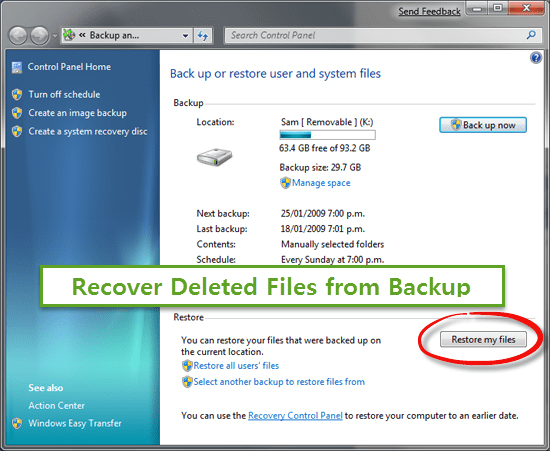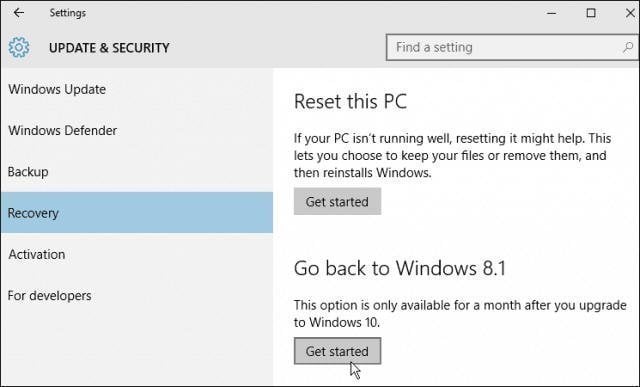

- #MACRIUM REFLECT FREE RESTORE SELECTED FOLDERS FOR FREE#
- #MACRIUM REFLECT FREE RESTORE SELECTED FOLDERS HOW TO#
- #MACRIUM REFLECT FREE RESTORE SELECTED FOLDERS INSTALL#
- #MACRIUM REFLECT FREE RESTORE SELECTED FOLDERS UPDATE#
- #MACRIUM REFLECT FREE RESTORE SELECTED FOLDERS ARCHIVE#
Backup files & folders for free with AOMEI Backupper. #Macrium reflect free edition reviews for free Perform incremental backup manually or automatically in AOMEI BackupperĬlone larger disk to smaller disk intelligently with AOMEI Backupper. If you want to replace the hard disk with another one, or copy it to external drive as a backup, you may need to use the disk clone feature. For example, the default intelligent mode will copy only the used sectors and skip the bad and unused ones, which supports you to clone a larger HDD to smaller SSD or something like that.Ĭomparing to Macrium Reflect, AOMEI Backupper offers you more flexibility. There are also Partition Clone to copy an individual partition, and even System Clone option (available in advanced edition) to help you migrate only operating system to another hard drive. Here I'll give an example to clone larger disk to smaller disk. Connect the target disk along side the old one. If you have only one drive bay, connect it trough an USB-to-SATA adapter. #MACRIUM REFLECT FREE RESTORE SELECTED FOLDERS INSTALL#
Install and launch the software, select Clone and choose Disk Clone. #Macrium reflect free edition reviews install #Macrium reflect free edition reviews portable. #Macrium reflect free edition reviews full. #MACRIUM REFLECT FREE RESTORE SELECTED FOLDERS ARCHIVE#
#Macrium reflect free edition reviews archive.#Macrium reflect free edition reviews install.#Macrium reflect free edition reviews for free.

See Mariabackup Internal Details: Redo Log Files for more information. For example: $ rm /var/lib/mysql/ib_logfile* When using Mariabackup from versions prior to MariaDB 10.2.10, you would also have to remove any pre-existing InnoDB redo log files. For example, you could also execute the following to restore the backup: $ rsync -avrP /var/mariadb/backup /var/lib/mysql/ Therefore, as long as the MariaDB Server process is stopped on the target server, you can technically restore the backup using any file copying tool, such as cp or rysnc. Once a full backup is prepared, it is a fully functional MariaDB data directory.
Finally, start the MariaDB Server process. For example, to recursively change ownership of the files to the mysql user and group, you could execute: $ chown -R mysql:mysql /var/lib/mysql/ As such, after restoring a backup, you may need to adjust the owner of the data directory to match the user and group for the MariaDB Server, typically mysql for both. However, it writes the files to disk as the user and group restoring the database. When Mariabackup restores a database, it preserves the file and directory privileges of the backup. Then, you may need to fix the file permissions. Then, run Mariabackup with one of the options mentioned above:. Then, ensure that the datadir is empty. First, stop the MariaDB Server process. The -move-back option actually moves the backup files to the datadir, so the original backup files are lost. The -copy-back option allows you to keep the original backup files. Once the backup is complete and you have prepared the backup for restoration (previous step), you can restore the backup using either the -copy-back or the -move-back options. If you try to restore from these files, InnoDB notices the inconsistencies and crashes to protect you from corruptionīefore you can restore from a backup, you first need to prepare it to make the data files consistent. The data files that Mariabackup creates in the target directory are not point-in-time consistent, given that the data files are copied at different times during the backup operation. Here is an example backup directory: $ ls /var/mariadb/backup/Īria_log.0000001 mysql xtrabackup_checkpointsĪria_log_control performance_schema xtrabackup_info If the target directory exists and contains files, then it raises an error and aborts. If the target directory doesn't exist, then it creates it. Mariabackup writes the backup files the target directory. You can cancel the backup if you need to, as the backup process does not modify the database. The time the backup takes depends on the size of the databases or tables you're backing up. To take a backup, run the following command: $ mariabackup -backup \ 
When taking a full backup, the target directory must be empty or it must not exist. In order to back up the database, you need to run Mariabackup with the -backup option to tell it to perform a backup and with the -target-dir option to tell it where to place the backup files.
#MACRIUM REFLECT FREE RESTORE SELECTED FOLDERS HOW TO#
This page documents how to perform full backups.
#MACRIUM REFLECT FREE RESTORE SELECTED FOLDERS UPDATE#
Full backups create a complete backup of the database server in an empty directory while incremental backups update a previous backup with whatever changes to the data have occurred since the backup. When using Mariabackup, you have the option of performing a full or an incremental backup.







 0 kommentar(er)
0 kommentar(er)
